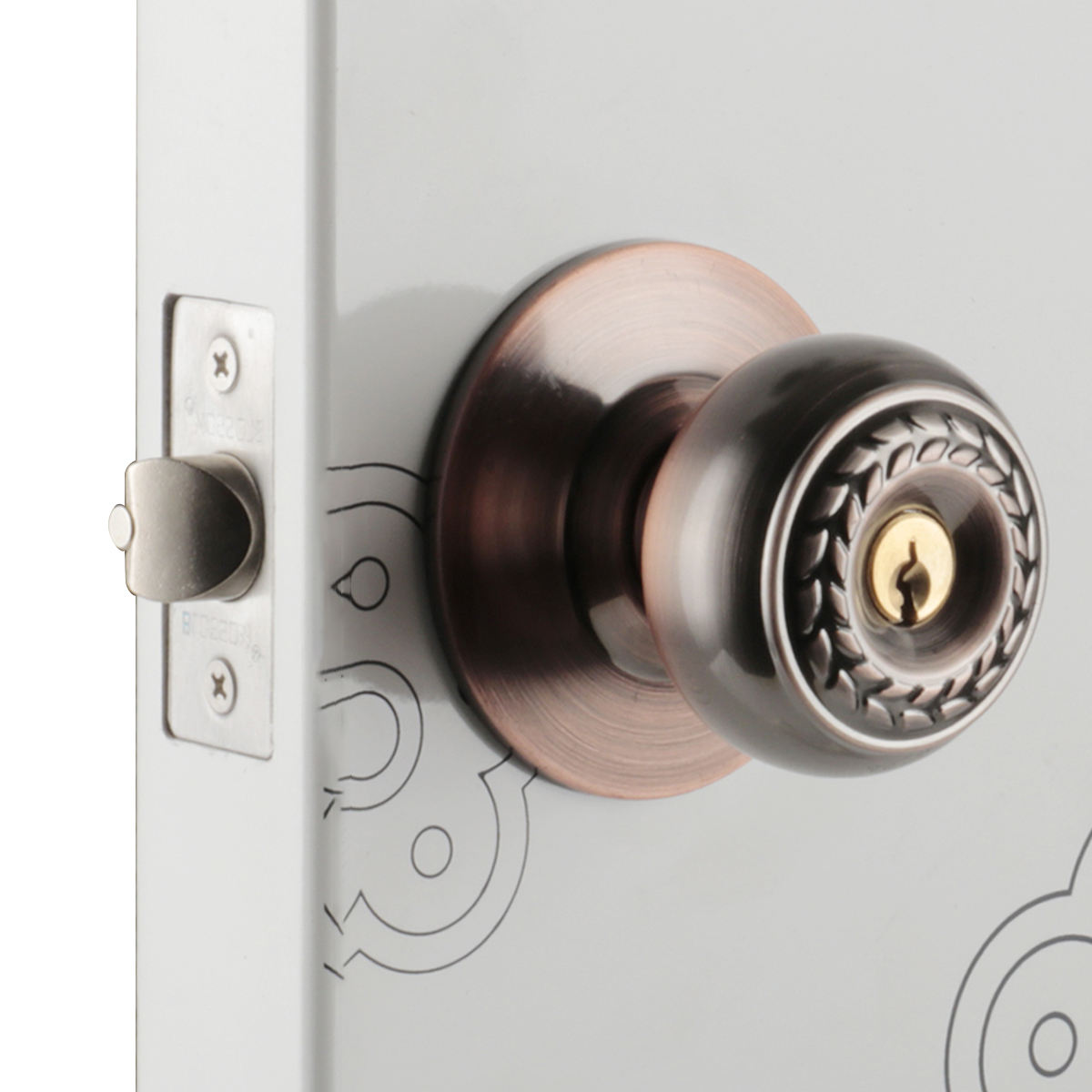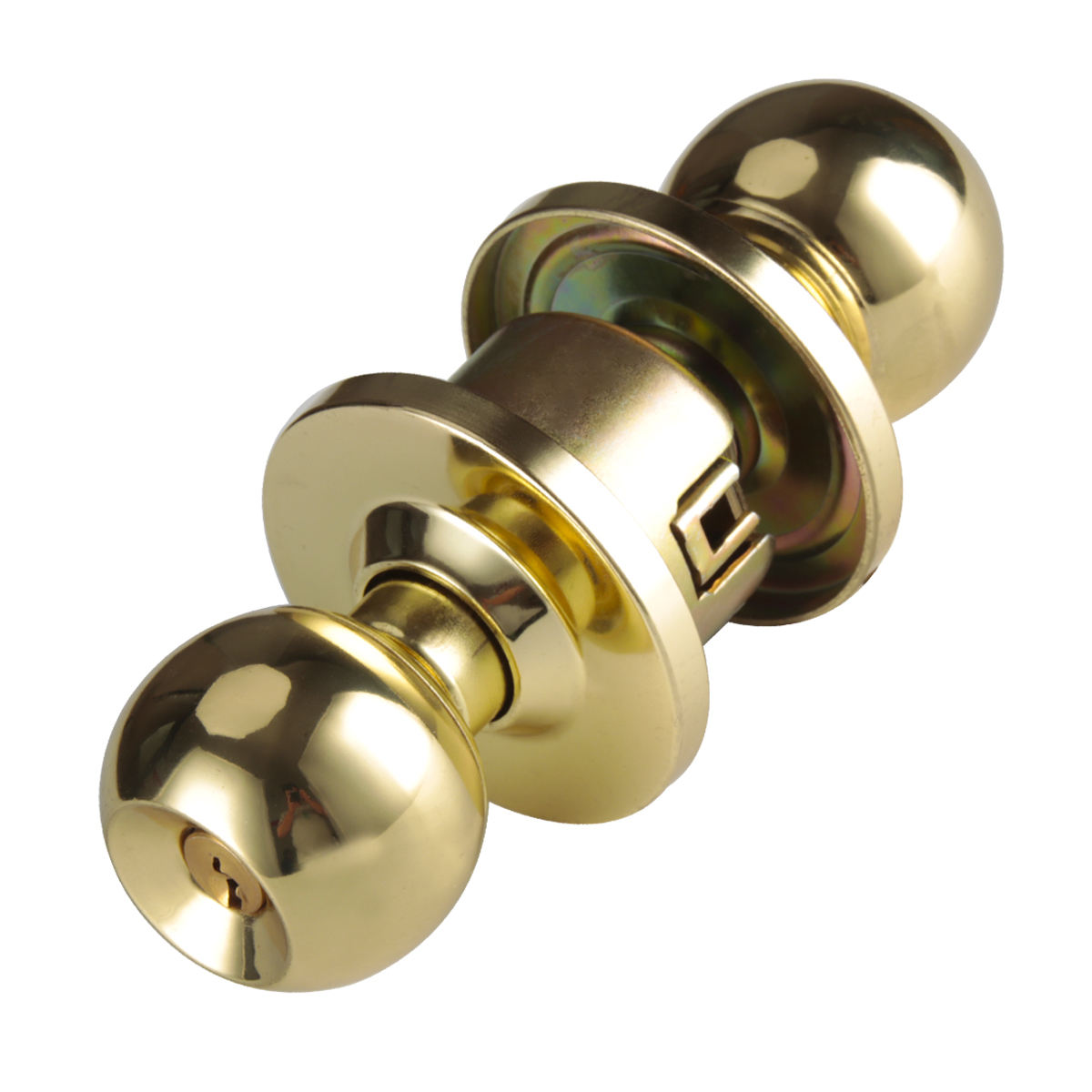Elevating your furniture with wooden handles can add a touch of warmth, elegance, and functionality to your pieces. Whether you’re updating existing furniture or creating new pieces, wooden handles offer versatile design options. Here’s the ultimate guide to incorporating wooden handles into your furniture:
1. Choose the Right Wood: Select a wood species that complements the overall design of your furniture. Consider factors like color, grain pattern, and durability.
2. Handle Style and Functionality: Decide on the style of handles that suits your furniture. Choose between knobs, pulls, recessed handles, or integrated designs based on both aesthetics and functionality.
3. Cohesive Design: Ensure that the chosen handles align with the overall design theme of your furniture. They should seamlessly integrate into the piece’s style, whether it’s modern, rustic, minimalist, or traditional.
4. Placement and Proportion: Consider the placement of handles for easy access and functionality. Pay attention to the proportion of handles to the furniture’s size to maintain visual balance.
5. Customization: Experiment with custom handle designs. Unique shapes, sizes, and decorative elements can set your furniture apart and make a statement.
6. Contrasting or Matching: Choose whether you want handles that contrast with the furniture finish for visual interest or match for a cohesive look.
7. Hand-Carved Details: Add hand-carved details to wooden handles for a personalized and artistic touch. This can include intricate patterns, engravings, or designs that reflect your creativity.
8. Layered Finishes: Combine different finishes, such as stained wood with a matte clear coat or painted handles with distressed edges, to add depth and character.
9. Drawer Pulls and Knobs: For drawers, consider using pulls for larger drawers and knobs for smaller ones. The handle style can create a different visual impact.
10. Dresser and Cabinet Handles: Choose handles that enhance the functionality of dressers and cabinets. Handles with a comfortable grip make opening and closing drawers easier.
11. Consistency or Variety: Decide if you want consistency in handle design across all furniture pieces or if you prefer a variety that suits the individual character of each piece.
12. Repurposed Materials: Consider repurposing salvaged or reclaimed wood for handles. This adds a unique and sustainable dimension to your furniture.
13. Backplates or Escutcheons: Add decorative backplates or escutcheons behind handles for an extra layer of detail and elegance.
14. Integrated Handles: Explore designs where the handle is an integral part of the furniture’s structure, creating a seamless and visually appealing look.
15. Experimental Shapes: Get creative with handle shapes. Circular, rectangular, square, or abstract shapes can add personality to your furniture.
16. Practicality and Comfort: Prioritize practicality and comfort. Ensure that the handles are comfortable to grip and use.
17. Test and Adjust: Before final installation, test the handles’ functionality and comfort. Make any adjustments as needed.
18. Finishing Touch: Apply an appropriate finish to the handles to protect the wood and enhance its natural beauty.
Adding wooden handles to your furniture provides an opportunity to infuse your personal style and creativity into each piece. Whether you’re aiming for elegance, functionality, or a unique design statement, wooden handles can play a crucial role in elevating the overall aesthetic and usability of your furniture.


